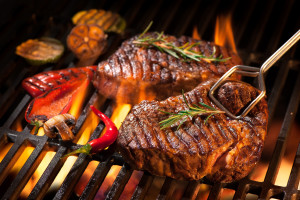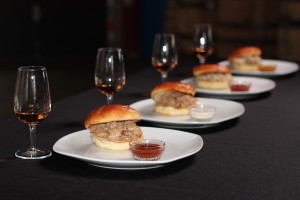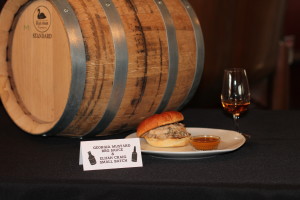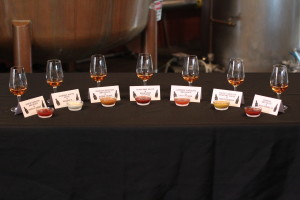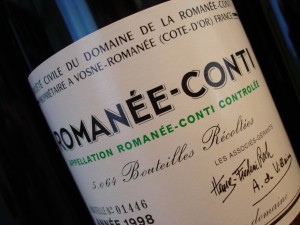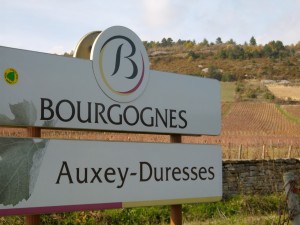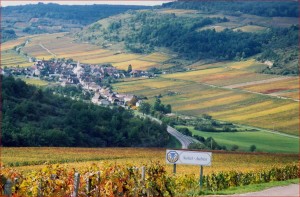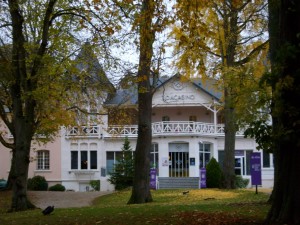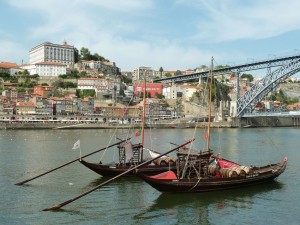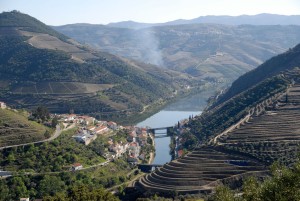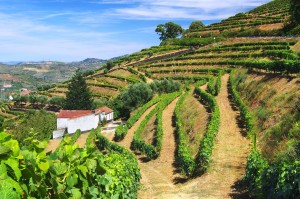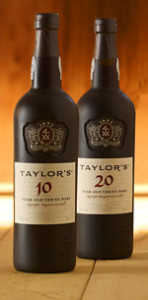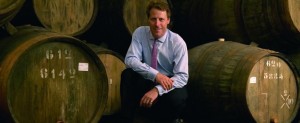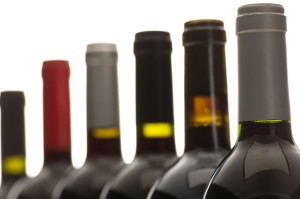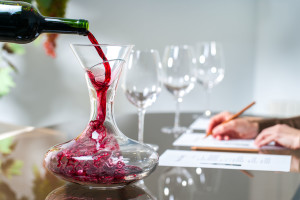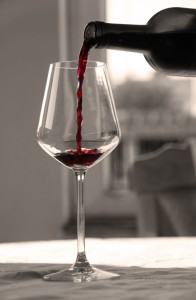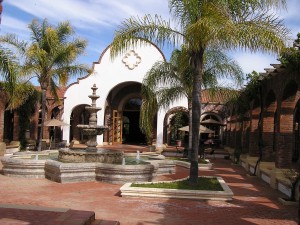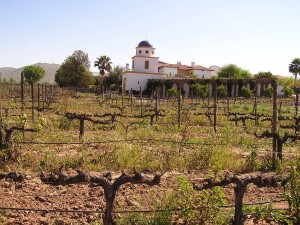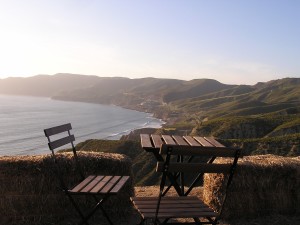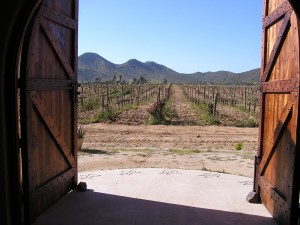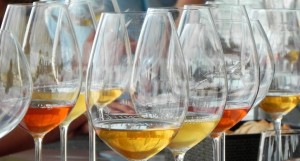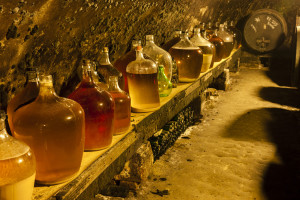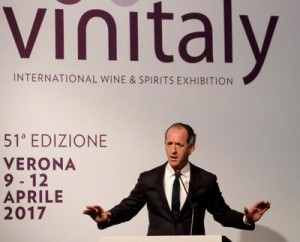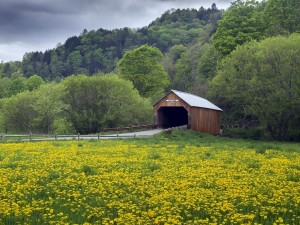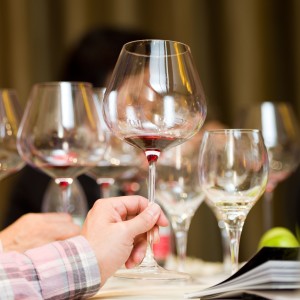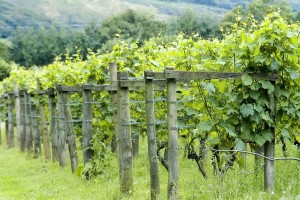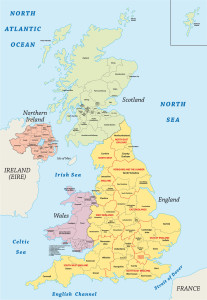The air gets a little smokier in May as Americans fire up the grill for National Barbecue Month. For this summertime exercise, the team at Moonshine University, the epicenter of bourbon, looked at BBQ sauces from all over the U.S. and did a big taste testing to see which bourbons paired the best with each sauce. Let that stew in your work jealousy for a while. The Moonshine team tried each sauce with both pork and chicken and then narrowed down what bourbons to match to based off the initial tasting notes of the sauce. Here’s Moonshine University’s top BBQ and bourbon pairings.
Alabama White Sauce: This mayonnaise-based sauce hails from northern Alabama. Beyond mayo, this sauce includes: apple cider vinegar, sugar, salt and black pepper. We found the sauce to be very mayonnaise forward, much like ranch dressing with a slight vinegar tinge.
- Bourbon Pairing: Booker’s – The higher proof of the Booker’s was mellowed out by the oil in the sauce, letting a lot of the flavors in the bourbon to come out in a way they didn’t on its own. We thought dialing back the alcohol burn really opened the bourbon and since the sauce wasn’t wildly flavorful, we didn’t feel anything was lost in the bourbon or in the sauce. It was a nice juxtaposition pairing : the mellowness of the sauce, with the boldness of the bourbon.
South Carolina Mustard Sauce: This sauce, as the name would indicate, is a mustard-based sauce instead of your typical ketchup or tomato base. The flavor profile is like many of the red barbecue sauces, sweet and spicy. We loved this sauce. It was slightly sweet, a little tangy, and carried a nice balance between apple cider vinegar and mustard. It was loudly exclaimed by a member of the tasting panel, “Ain’t nothing wrong with that sauce!”
- Bourbon Pairing: Maker’s Mark – Maker’s Mark was a perfect complement to this sauce. The sweetness of the bourbon matched the sweetness of the sauce just right and both flavor profiles complemented each other perfectly. Every time you took a sip after a bite or a bite after a sip, different flavors popped out, often blending together to create a tangy mustard with a sweet, subtle oak flavor. Leaving a light candy flavor aftertaste.
Texas BBQ Sauce: While Texas has many different regions that all prepare their meat differently, we’re going to focus on the sauce. Texas BBQ sauce is one of the styles people traditionally think of when they think of BBQ sauce. It’s a tomato-based sauce sweetened with molasses or brown sugar. The sauce we ended up with was a mild sauce and not very spicy at all. It was very tomato forward with black pepper and other spices coming in mid-palate and leaving us with a spicy finish.
- Bourbon Pairing: Woodford Reserve – We found that Woodford Reserve was the right proof and flavor profile to complement this sauce. The proof added a little heat to the somewhat mild sauce, so the kick up in spiciness was a nice addition. Not to mention the rye notes that come out in Woodford rounded out the sauce and gave it a spicy flavor throughout. The spiciness of the rye in the bourbon pair perfectly with the spices in the BBQ sauce. It is a combo that really brought out the best in each other.
North Carolina BBQ Sauce: The Carolinas know their BBQ and it’s evident by the showing of 3 different styles of sauces on this list. The ketchup-based version would fall under the realm of a ‘traditional’ type of sauce. This particular sauce was very sweet, had notes of molasses and was mild, but had a rich umami, or meaty, character to it.
- Bourbon Pairing: Buffalo Trace – After taking a bite of BBQ with this North Carolina sauce on it and taking a sip of Buffalo Trace, something magical happens. This relationship birthed a completely new flavor that we didn’t pick out of the sauce or bourbon individually. The two together brought out a smoky and oaky character that was fantastic. Plus, the bourbon lessened the intensity of the sweetness and allowed a caramel note to pop out. The flavors blended well with one another creating an entirely new, sauce and flavor.
Eastern Carolina BBQ Sauce: This other offering from the Carolinas comes from the coast. This vinegar-based sauce is generally spicy. Starting with vinegar instead of ketchup, this sauce is much thinner than all the others on this list, however everyone on the tasting panel was big fan of spicy and a big fan of this sauce. It was vinegary, hot, spicy, bold with big flavors. Overall a great and well-balanced sauce.
- Bourbon Whiskey Pairing: Bulleit Rye – This is the only whiskey on our list that isn’t a bourbon, but when we tasted the sauce we knew what would pair perfectly, Bulleit Rye. Bulleit Rye has big, bold flavors that can hold up to the sauce. Bulleit Rye has a delightful dill note, that when coupled with the sauce, gives the experience an almost pickle back note. Generally, not something that would be desired, but with BBQ it’s a perfect flavor that gets created. The bold flavor of the sauce and whiskey balance each other out and complemented each other perfectly.
Memphis BBQ Sauce: Memphis knows a thing or two about BBQ as well and is one of the most popular styles of BBQ. This sauce is a ketchup-based sauce that is generally sweet, peppery and a little peppery. Everyone enjoyed this style of sauce quite a bit. It hit every part of the mouth with a good flavor and it had a wide breadth of characteristics, not to mention the really nice pepper and coriander notes.
- Bourbon Pairing: Wild Turkey 101 – A sauce with that much going on needs to be paired with a bourbon that has a whole lot going on too but in the same smooth, well-balanced way. That’s how we paired Wild Turkey 101 with this sauce. The Wild Turkey amplified all the best parts of the Memphis style sauce by adding nice, fruit notes, a subtle smoky note and gave the whole combination a full umami experience. The 101 proof of the Wild Turkey was cut back by the sauce letting the flavors really come out. The combination also produced a delightful, sweet and spicy finish that lingered enjoyable on the tongue.
The debate about which region has the best BBQ will carry on for years to come. Personally, we like them all. But the same debate happens in the bourbon industry as well. Again, no favorites here. But the Moonshine U tasting panel tried to find common ground by pairing two of our favorite things together into something we can all agree on. Cheers to National BBQ Month!
About Moonshine University: Moonshine University was founded by David Dafoe in 2013. The bourbon epicenter opened its doors on the Distilled Spirits Beverage Campus in Louisville, Kentucky to educate entrepreneurs on how to launch a successful distilling business from concept, to distilling, to bottling. Moonshine University houses the Stave & Thief Society, a bourbon certification program. It was established to promote Kentucky’s distinguished bourbon culture. Stave & Thief Society will lead bourbon enthusiasts, restaurants, bars, hotels and retail employees to become Executive Bourbon Stewards through a standardized training program.
Thanks to Moonshine University for the press release. Photo credits: Phil Icsman.
